Marie Curie Bio, Career, Noble Prize, Children, Spouse, and Death : Marie Curie was the first woman to achieve big roles in her career, owning two times Noble Prizes in two scientific fields. One she owns with her husband Pierre Curie in Physics in 1903. She is the first woman to become a member of the University of Paris. First Noble Prize had received with her husband and the second Noble Prize was received after her husband’s death in 1911 in Chemistry.
During her research time, she struggled with shelter and finances. She was always looking for a big room for her laboratory, but until 1906 she wouldn’t find a big room or enough place for her Laboratory, Later her husband helped her find enough place to continue her laboratory work in a small shelter.
Marie Curie Bio, Career, Noble Prize, Children, Spouse, and Death
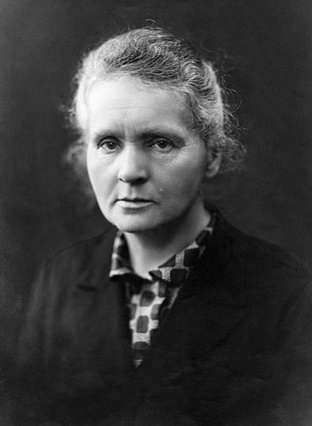
Early Life
Marie Curie’s original name was Maria Salomea Sklodowska born on 7 November 1867 in Warsaw. She was educated At Clandestine Flying University in Warsaw. Her training began at Warsaw on Practical Scientific. Bronisalwa Dulska was a Polish Physian and the first director of Warsaw’s Sklodoswska-Curie Institute of Oncology, Curie moved on to Paris for further studies with the help of her Elder sister Bronisalwa Dulska at the age of 24 in 1891 where she continued her further studies and earned higher degrees as well as executed further scientific work.
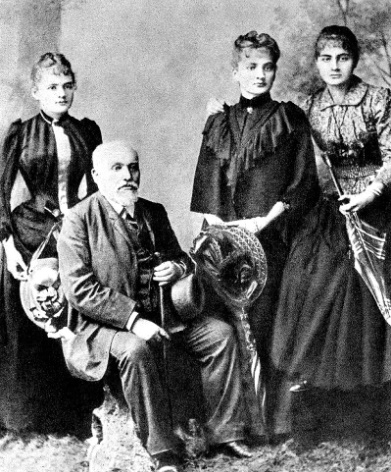
Marie Curie was the fifth youngest child in her family and her parents were well-known teachers née Boguska, and Władysław Skłodowski. Marie Curie had four siblings they are
- Zofia was born in 1862.
- Jozef was born in 1863.
- Bronislawa was born in 1865.
- Helena was born in 1866.
Marriage & Early Years
At the age of 28, she married Pierre Curie in 1895 who was a French Physicist, Magnetism, Pioneer in Crystallography, and Radio Activity. He was also a Noble Prize winner in Physics along with Marie Curie. The Marie family had lost their properties from both sides of her parents, through the patriotic involvement in the uprising of Polish nationals.
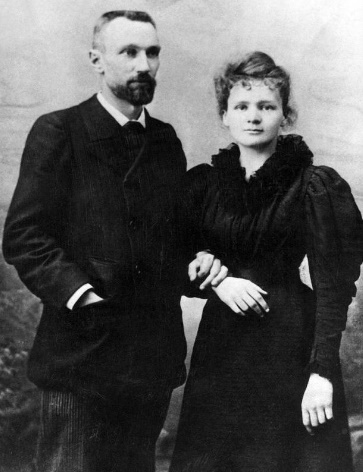
This would cause her life and her’s siblings life get into a difficult struggle. Wladyslaw Sklodowski was the Parental grandfather of Maria and the principal of the Lublin Primary School who taught Mathematics and physics subjects to Maria to Pursue her Primary school education. Later he became the director of two Warsaw Gymnasia.
Education & Struggles
Russian Authorities eliminated laboratory education in Polish schools, and due to this reason Wladyslaw took the Laboratory equipment to his home to get practice with it for his children and instruct them to learn its usage. Due to various reasons, Wladyslaw was quit from the job by his superiors and forced allowed him to take low-paying jobs. Simultaneously the family lost money and earned the money by lodging boys in the house eventually.
As we mentioned earlier, Maria’s mother was a school teacher as well as the Principal of Warsaw boarding school for girls but she resigned from the post after she gave birth to Maria. On May 1878 Maria at the age of 10, her mother died due to tuberculosis.
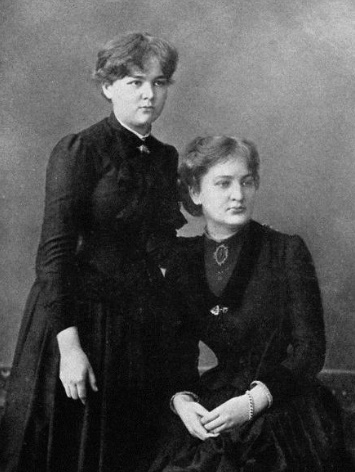
Within three years of Maria’s mother’s death, her oldest sister Zofia had died of Typhus. Maria’s mother was a devout Catholic and her father was Athiest. Due to the deaths of her sister and mother, she left Catholicism and became an Agnostic.
At the age of 10 years, Maria attended Gymnasium primary school for girls. She got a gold medal from the same school after graduating on 12 June 1883. Due to some deep depression, the next year she spent with his father’s relatives and the following year with her father, form there she conducted some tuitions in Warsaw.
The reason that she was a woman, she was not able to pursue her higher education in a regular institution. Based on this situation, she and her sister Bronislawa decided to continue further studies in Clandestine at Flying University, the greatest Polish Patriotic Institute where women were admitted to higher education.
First Love
She had an agreement with her elder sibling Bronislawa, that she would help with the assistance of financial support to Bronislawa during her further medical education. Behalf of that, she joined as a home tutor in Warsaw and then as a governess in Szczuki village with a landed family to whom they were relatives to Maria’s father.
There she fell in love with their relative son Kazimierz Zorawski, but their family refused to marry a penniless relative woman with their son. Due to this, he is unable to forget Maria and simultaneously unable to oppose his family, both forgetting their tragic love story.
Kazimierz Dulski was a Polish physician, political, and social activist, whom Bronislowa married in 1890. Bronislowa invited her younger sister Maria to join her marriage in Paris. But she refused her invitation because she hadn’t enough money to afford the University tuition, she thought it would take more than a year to gather the required funds.
Maria’s father has been in a lucrative position again so he helped her daughter with studies. She started concentrating on her studies, reading books, and being tutored herself. In mid-1890 and 1891, she was in practical scientific training at the Museum of Industry and Agriculture in the Chemical Laboratory.
Life In Paris
Maria moved from Poland to Paris in 1891 where she found shelter in a Garret near to the university with the help of her sister and brother-in-law. At the University of Paris, she started continuing with her studies in Mathematics, Physics, and Chemistry. She lived there with enough resources, Cold conditions in Paris get high and high in winter to keep herself warm she is wearing all the clothes she had.
She forgets sometimes to eat by focusing on her studies very hard. She earned a degree in Physics and started work at Gabriel Lippman Industrial Laboratory. At the same time, she earned her second degree in 1894 with the help of her fellowship at the University of Paris. In the same year, Pierre Curie entered Maria’s life, both had an interest in Natual Science that brought them into a strong relationship which lead them to get married.
Pierre was a teacher at The City of Paris Industrial Physics and Chemistry Higher Educational Institution, by the time Jozef Weiurusz-Kowalski had introduced both Maria and Pierre together. Maria is looking for a better and big laboratory space where she was able to begin her work. Pierre helped to find the big Laboratory Space for Maria to begin her Scientific research work.
Their passion for Natural Science brought them to understand one another, Pierre put his love proposal in front of Maria but she refuse it first. Later, she went to her native country Warsaw to visit her family in summer break in 1894. Due to Sexism in Academia, she denied continuing her work at Krakow University by that time she received a convincing letter from Pierre to pursue a Ph.D.
They were getting married on 26 July 1895 in Sceaux, in the marriage time she wore a dark blue outfit which was her laboratory dress instead of the bridal gown.
New Element & Children
15 years ago Pierre and his brother invented a measuring electric charge Electrometer, Uranium rays released Electricity around a sample in the air, which she discovered using this technique of an Electrometer.
Maria gave birth to her daughter Irene Joliot in 1897. She began teaching at the Ecole Normale Superieure to get support for her family. She did not have a suitable and comfortable laboratory, her research was run in a converted shed next to The City of Paris Industrial Physics and Chemistry Higher Educational Institution. Even the shed hadn’t any waterproof which is an entirely dissecting room of a medical school.
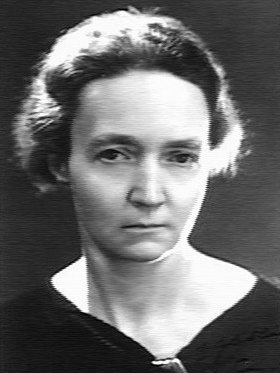
She didn’t get any sponsorship from ESPCI at all, However, she had received subsidies from mining and metallurgical companies, governments, and other organizations. Pitchblende and Torbernite were two Uranium Minerals involved in Maria’s systematic studies. Using her Electrometer, she concluded that Pitchblende was four times more active than Uranium and Torbernite was twice as active as Uranium. Thorium was also a radioactive element that was discovered by Maria in 1898.
Diseased Tumor-forming cells were destroyed when exposed to radium. In 1900, two greater things happened Curie was the first lady to be elected a faculty member of the Ecole Normale Superieure, and her husband was a faculty member at the University of Paris. She got Doctorate from the University of Paris in 1903 through Gabriel Lippmann.
In June 1903 Curie couple got an invitation from the Royal Institution to give a speech on Radioactivity. Pierre has given speeches alone on Radioactivity instead of Maria because, being a woman she was prevented from speaking.
Marie Curie gave birth to another daughter Eve in 1904. Pierre Curie died in a road accident on 19 April 1906, killing him accidentally and instantly by striking his body under a Horse-drawn vehicle in heavy rain on Rue Dauphine.
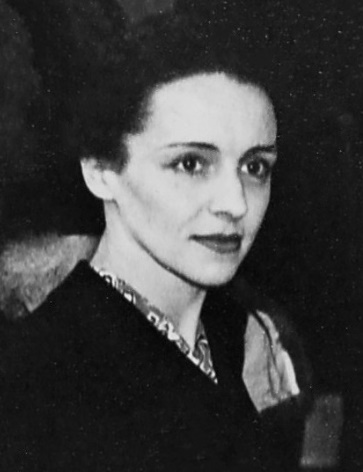
Noble Prizes
In Dec 1903, she received Noble Prize from the Royal Swedish Academy of Sciences. On that day with Maria two of them received the Noble Prize Pierre Curie and Henri Becquerel in Physics. The Nobel Prize was announced first for Pierre and Henri Becquerel by the Committee. Magnus Gösta Mittag-Leffler was a Swedish Mathematician and committee member and advocate for Women scientists, due to his interference Maria Curie was elected and her name was added to the nomination.
Marie Curie was the first woman who received a Nobel Prize for her recognition of Physics. Curie and Pierre refuse to receive the Prize personally at the Stockholm. Because Pierre was feeling ill at the same time he hasn’t shown much interest in Public Ceremonies, in that both were busy with their work. With their award money, they hired an assistant for their Laboratory. Until 1906 Laboratory would not be ready for Curie.
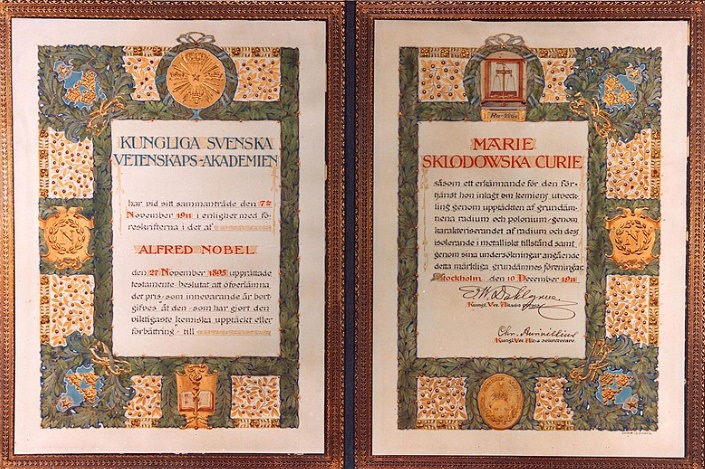
After her husband’s devastating death, The University of Paris retained the Pierre position with Marie in Physics Laboratory, Marie received an invitation from the University of Paris as a faculty member in Physics on April 13 1906 and she accepted it. She became the first woman of a faculty member at the University of Paris.
Marie Curie got successful in isolating radium in 1910, In 1911, she missed out on electing as a member of the French Academy of Sciences by one or two votes, instead of her Edouard Branly was elected a member of the Academy for the recognition of the development of the Wireless Telegraph. After 50 years, Marguerite Perey was the first woman elected a Member of the French Academy of Sciences in 1962, and she was a student of Marie Curie in 1939.
In 1911, she was awarded a second time for Noble Prize in recognition of her services in Chemistry by the discovery of the elements Polonium and radium. During receiving her second Noble Prize in Chemistry, Svante Arrhenius prevented Marie Curie’s attendance at the Noble Prize ceremony but it wouldn’t happen by him and she strongly innovatively replied to his questions.
She was the first woman and person to win two Noble Prizes in Physics and Chemistry and remains alone with Linus Pauling as a Noble laureate.
Postwar Years
She received a stipend during the 25 anniversary of the discovery of radium in 1920. Louis Pasteur was the previous recipient to take this honor. In 1921, she toured the United States asking for funds to buy radium and she was welcomed triumphantly. At that time Mrs. William Brown Meloney the leading woman journalist in the United States interviewed Curie. After that, Melony generated Marie Curie Radium Fund and gained money to buy radium.
She was refused the Legion of Honour award by the French Government, later she became a member of the French Academy of Medicine. In her presence, she traveled to several countries giving lectures publicly including Spain, Belgium, Czechoslovakia, and Brazil. In her later generations, her daughter Irene Joliot-Curie and son-in-law Frederick Joliot-Curie won Noble Prizes.
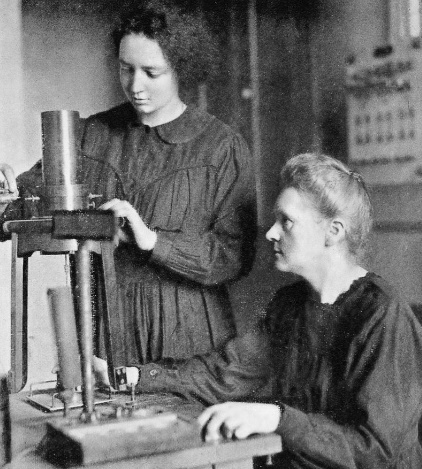
She coordinated with other prominent researchers including Hendrik Lorentz, Albert Einstein, and Henri Bergson through the contribution of the League of Nations Scientific Committee around 1934.
Commemoration Signs
Marie Curie is one of the proudest women in the world in her Decay, in her recognition of services in Chemistry and Physics she owned two Noble Prizes, and she is the first woman who owns Noble Prize and the first person who owns Noble Prize two times. It is not easy to win two Noble Prizes in two different fields. Let’s see the list of awards she received.
- Noble Prize in Physics in 1903 with her husband Pierre including Henri Becquerel.
- Davy Medal by the Royal Society of London in 1903.
- Matteucci Medal is an Italian Award for Physicists in 1904.
- Actonian Prize by Royal Institution in 1907.
- Elliot Cresson Medal by Franklin Institute in 1909.
- Noble Prize in Chemistry by the Royal Swedish Academy of Sciences in 1911.
- Franklin Medal by the American Philosophical Society in 1921.
Death
Curie at the age of 66 on 4 July 1934 died cause of bone marrow at the Sancellemoz Sanatorium in Passy. When she was working with ionizing radiation she hadn’t known the damaging effects of radiation. She carried out her entire life radioactive Isotopes during the research period in her pocket and she keeps all of them in her desk drawer.
During the first world war, she used more radiography which could cause her more illness. Curie and her husband were buried at the cemetery in Sceaux, In 1955 in honor of recognition of their services in radioactivity their bodies were moved to the Paris Pantheon. She would be the second woman to be buried at the Pantheon.

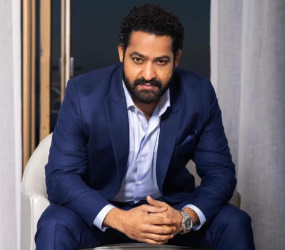

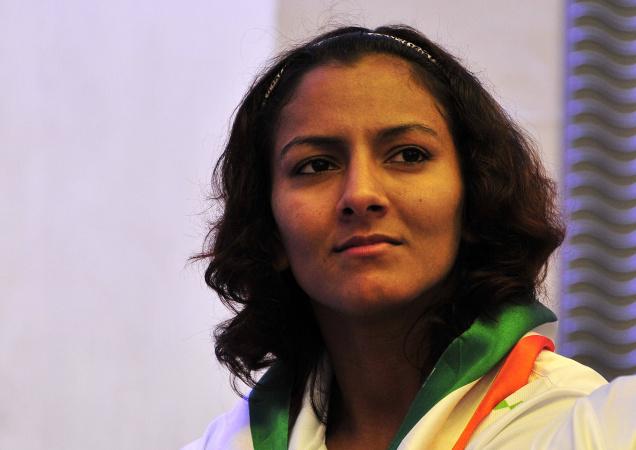
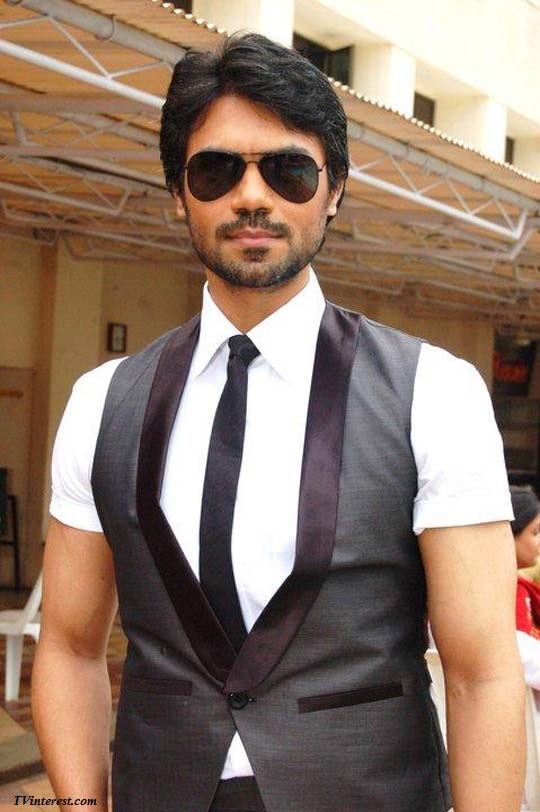
Leave a Comment